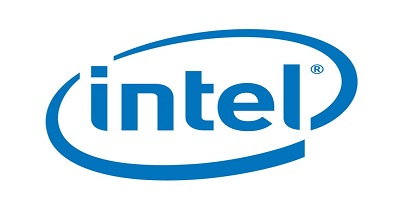Unified Networking Lab for Alcatel-Lucent, Juniper, Cisco and many more…
A long time ago in a galaxy far, far away engineers hunted eBay for used routers to meet their demand for home labbing. Rack-rental services were kings and an ability to run cisco ios under dynamips felt like pure magic. Those dark days are gone… Thanks to massive eruption of virtualization technologies. In this topic I willUse nProbe and ELK Stack to Build a Netflow Solution on Software Gone Wild
How do you capture all the flows entering or exiting a data center if your core Nexus 7000 switch cannot do it in hardware? You take an x86 server, load nProbe on it, and connect the nProbe to an analysis system built with ELK stack… at least that’s what Clay Curtis did (and documented in a blog post).
Obviously I wanted to know more about his solution and invited him to the Software Gone Wild podcast. In Episode 39 we discussed:
Read more ...Networking Field Day 10 – Intel

Let me start this out by saying that I was thrilled to see Intel present at a NFD event! While Intel is well known in the network space for their NICs, they are most well known for their powerful line of processors, boards, and controllers. Most would argue that this doesn’t make them a ‘traditional’ network vendor but, as we all know, things are rapidly changing in the network space. As more and more network processing moves from hardware to software the Intel’s of the world will have an increasingly large role to play in the network market.
Check out the following presentations they gave at the recent NFD10 event…
Intel Open Network Platform Solutions for NFV
Intel Software Defined Infrastructure: Tips, Tricks and Tools for Network Design and Optimization
Here are some of my thoughts on the presentations that I thought were worth highlighting…
The impact of software and NFV
Intel made some interesting observations comparing telco companies using big hardware to Google using SDN and NFV. Most telco companies are still heavily reliant on big, high performance, hardware driven switches that can cost into the 10s of millions of dollars. Continue reading
Howie Xu Joins Greylock Partners as Executive in Residence
 Former Cisco and VMware exec joins the VC world
Former Cisco and VMware exec joins the VC world
Five steps to optimize your firewall configuration
Firewalls are an essential part of network security, yet Gartner says 95% of all firewall breaches are caused by misconfiguration. In my work I come across many firewall configuration mistakes, most of which are easily avoidable. Here are five simple steps that can help you optimize your settings:
* Set specific policy configurations with minimum privilege. Firewalls are often installed with broad filtering policies, allowing traffic from any source to any destination. This is because the Network Operations team doesn’t know exactly what is needed so start with this broad rule and then work backwards. However, the reality is that, due to time pressures or simply not regarding it as a priority, they never get round to defining the firewall policies, leaving your network in this perpetually exposed state.
To read this article in full or to leave a comment, please click here
New Metaswitch CEO Brings Broadcom & Intel Cred
 Martin Lund brings a semiconductor pedigree to the software company.
Martin Lund brings a semiconductor pedigree to the software company.
Ciena Gets Sunk by Tier 1s in Q3
 Q3 disappoints, but Ciena says the Cyan acquisition points to a strong SDN future.
Q3 disappoints, but Ciena says the Cyan acquisition points to a strong SDN future.
Are white box switches less secure?
Are white box switches less secure than proprietary alternatives like Juniper or Cisco switches?
Gregory Pickett, Founder of Hellfire Security, did a presentation about white box security during the last Black Hat conference, triggering a multitude of news articles which we will study in this post. Without dwelling on the author mixing ideas between SDN and White Box Networking (which is quite common these days – the title of the presentation is about SDN and the presentation is all about white box networking security) the security issues raised are real.
Those security issues are either network operating system (NOS) specific (which I will not comment on as none of them are related to PicOS), or Pre-Boot related (Bootkit). I will focus on the key issues relating to security of NOS boot loaders, specific to Open Networking / White Box Networking.
Rootkit and Bootkit
The typical goal of a malicious user is to install a rootkit on the device under attack. A rootkit is a collection of software designed to enable unauthorized access while masking its existence.
Because NOS’s protection mechanisms are becoming more elaborate, a new kind of attack came up. This type of attack bypasses all NOS security by Continue reading